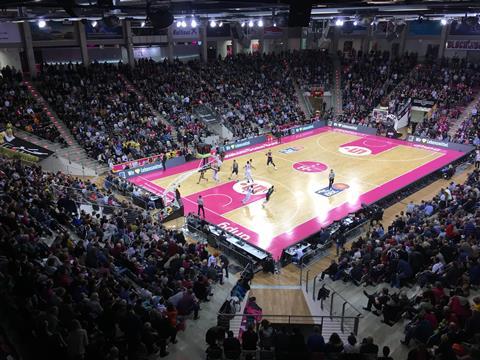InterDigital tech staff discuss the stumbling blocks on the way to offering high-definition 360-degree video streams to a mass market

Delivering 360-degree video streams is a new frontier for video streaming, but given the huge demands it puts on networks, do we have the capabilities necessary to address the technological hurdles of 360-degree video streaming? And if not, how do we develop new approaches and processes to support it?
The data requirements for 360-video
360-degree video streams are huge. A moderately compressed high-definition 360-degree video ranges from 50 to 70 MBit/s to deliver the best quality video – for just one user.
When that number expands to the thousands, real issues begin to arise.
Our current networks simply cannot support 360-degree video streams on this scale. Yet, a key promise of 5G is its ‘future-compatible’ nature, to be able to support requirements of current and upcoming use-cases.
Work on 5G multicast capabilities, which enables the delivery of content to many users at the same time, is just beginning.
We can expect multicasting to be used for streaming content like Netflix and broadcasting live events like a concert or sporting match. But most 360-degree video will not use multicast technology because it would generalise the delivery of a unique user experience.
Addressing the data demands
Thankfully, there are a variety of theoretical approaches to address this challenge. The first is delivering ‘tiled’ 360-degree video. With this approach, content is split so the highest resolution video is delivered for the content in the user’s field of view, while the rest of the video stream is delivered in lower resolution. This approach is promising and results in significant reduction in the total size of the stream, with comparatively minimal loss of perceptible quality.
Of course, network capacity will also dramatically increase with 5G, which will go some way in addressing the data demands. But we can also look to some of the compression standards to address network capacity, by reducing the bandwidth required to transmit content.
Modern compression standards like HEVC/H.265 and the future VVC/H.266 help make these new applications possible, because they deliver video of the same or superior resolution in fewer bits.
Encoding and streaming standards are really what makes it possible to have the consistent, high-performance user experience we all look for in our streaming videos, across all platforms. Streaming protocols are paramount to ensuring consistency, reliability and scalability while offering adequate latency, security and encryption capabilities.
Our desire for, and access to, 360-degree streaming video will only grow as immersive, interactive mobile experiences become commonplace. Achieving a world where 360-degree video streams will be reliable and ubiquitous will require a convergence of developments in video size, codec performance, and network performance to deliver an experience that satisfies the needs of the viewer today and in the future.
By Laurent Depersin, Home Lab Director, InterDigital R&I; Remi Houdaille, Senior Streaming & Communication Architect, InterDigital R&I; and Onur Sahin, Member of Technical Staff, InterDigital
PICTURED: A German Bundesliga basketball match between Telekom Baskets Bonn and EWE Baskets Oldenburg became a tech demo for the world’s first 6K tiled 360-degree live sports stream.
































No comments yet